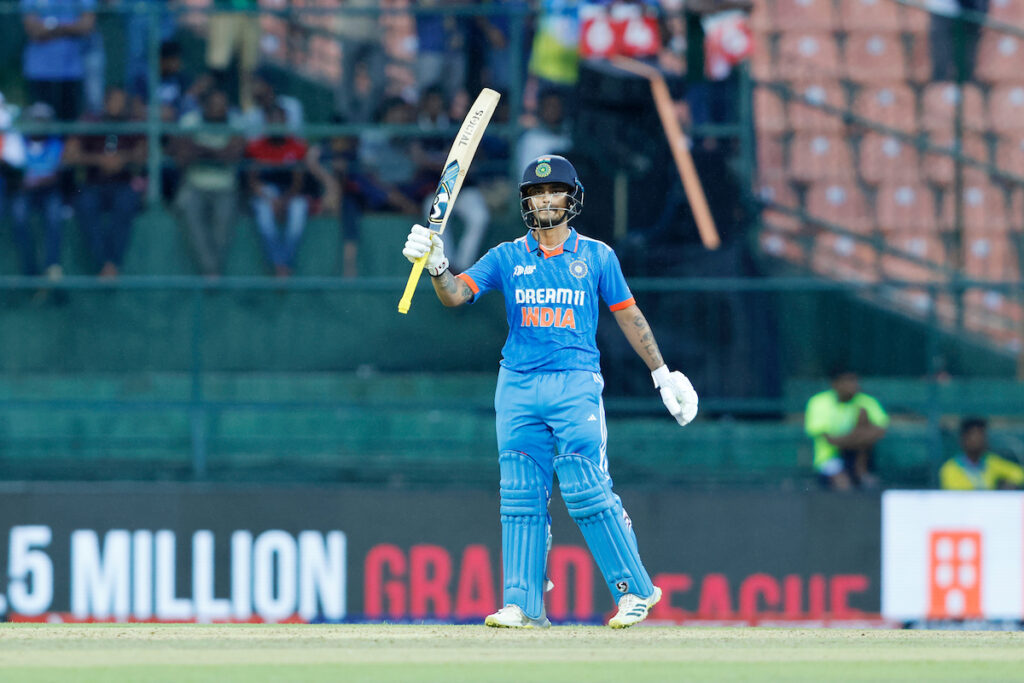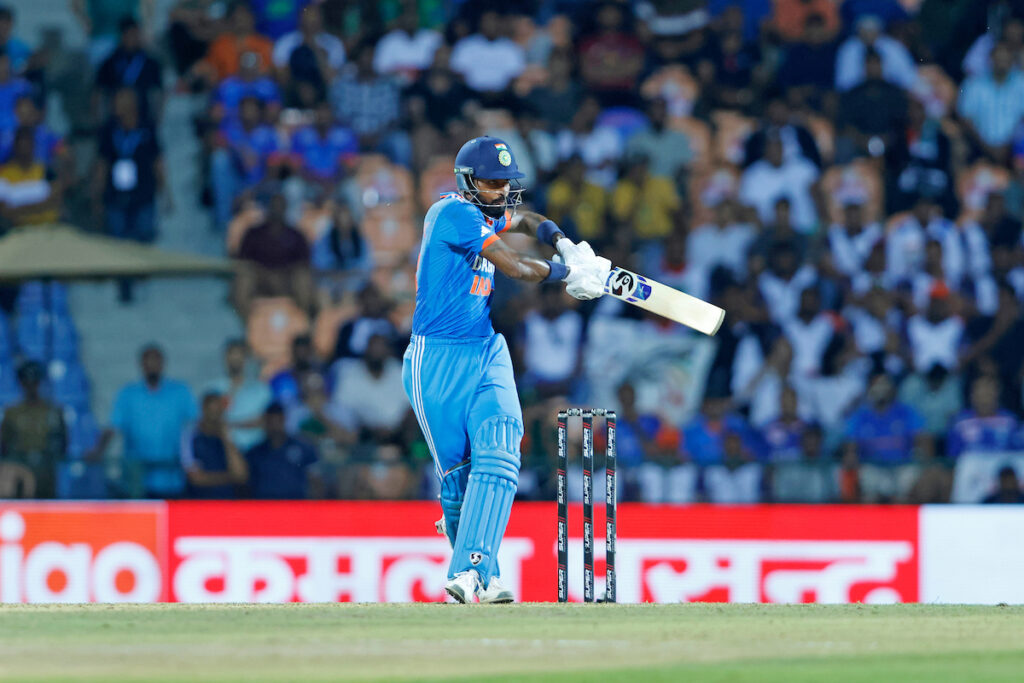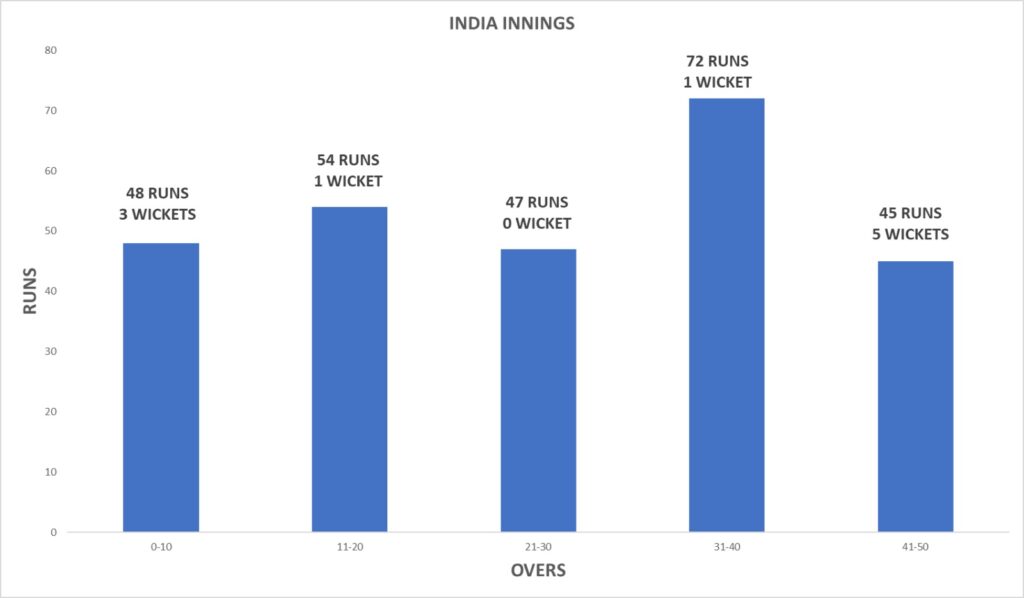
Usually, there isn’t a lot to take home from an incomplete match. The much-hyped India-Pakistan Asia Cup fixture was one of those. What do you get from a game designed to last 100 overs, if it has to be called off after 48.5? Some heartburn if you are a diehard cricket fan, additional work like bringing the covers on and removing them if you are the ground staff or organiser, and a hole in the pocket if you have paid for a ticket or two or more.
If you were part of the Indian team management, there were some heart-warming sights in Saturday’s rain-marred encounter as well. It looked like a questionable call when Rohit Sharma won the toss and chose to bat under overcast conditions. It had drizzled shortly before the start, the pitch was moist and looked tailor-made for the Pakistani fast bowlers. Despite not hitting the right areas as frequently as they would have liked and not making the batters play enough, Shaheen Afridi and company reduced India to 27-2 and then to 67-4.
In at an unfamiliar position at No. 5 was Ishan Kishan, who had never played against Pakistan before this game. Hardik Pandya was at the opposite end, and these two were the main hopes for India to rebuild the innings. The signs were not good. This team had lost an ODI series in Bangladesh last December after letting opportunities slip. They were in winning positions in the first two games before losing the plot. The recent T20I series defeat against the West Indies saw something similar, where India again failed to make their advantages count.
With the World Cup coming closer and gaps in the middle order still to be filled, it was a golden opportunity for Kishan to make a case for himself. On the other hand, there was this spectre of failure, which could have led to questions about his suitability for the middle order. The wicketkeeper-batter known for his aggressive batting at the top chose the right time to show that he could hang around when the situation demanded.
The pitch had eased out after a short rain break, and the sun was out when Kishan was batting. The Pakistani pacers were about to finish their first spells. These factors worked in favour of Kishan, who built his white-ball reputation with Mumbai Indians in the IPL. He was circumspect and willing to respect the good deliveries to begin with. His confidence grew after he connected a few when given width, and attacked the spinners straightaway.
The partnership between Kishan and Pandya was the turning point of the Indian innings. Before they came together, Pakistan were on top. They played safe initially, yet made good use of the loose deliveries to keep the scoreboard moving. The bowlers, especially the spinners and Haris Rauf, let the pressure ease by offering deliveries to hit. To their credit, Kishan and Pandya struck them with perfection.

More than the runs they scored — Kishan 82 and Pandya 87 — the way they blunted and then attacked the bowlers was the highlight of the fifth-wicket partnership, which produced 138 runs. It also showed that unlike the 2019 World Cup side, this one is not so heavily dependent on the top three. Four years ago, 67-4 would have meant game over for India. But this lot showed that they are stronger in that area. Instead of caving in, India reached a fairly respectable position in the end.
How Jasprit Bumrah shapes up in 50-over cricket, what kind of form Shubman Gill is in, whether the bowling unit succeeds in taking wickets and checking runs in the death overs, how well Shreyas Iyer has recovered and whether he is in good touch — a lot of crucial questions remain unanswered. But in Kishan, India found what appears to be the answer in case KL Rahul doesn’t recover soon enough.
